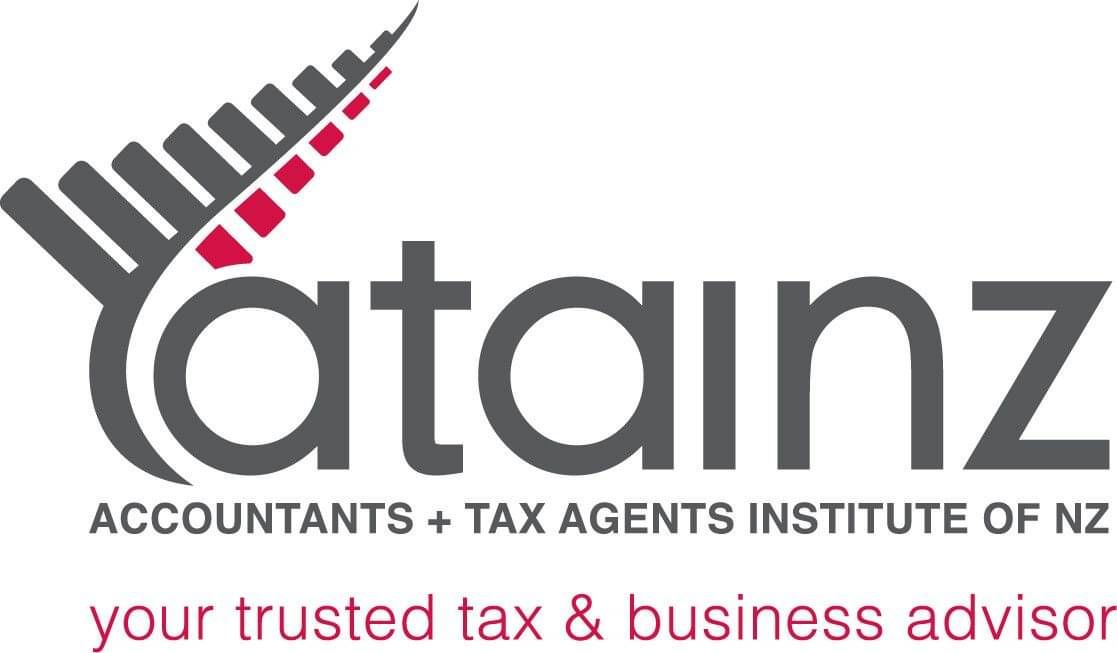A great business idea is an excellent starting point for a company. But without funding to provide the necessary capital, your business idea could be dead before it's even begun.
To quote a well-worn phrase, ‘Cash is King’ and that means it’s critical to start thinking about funding as early as possible in the journey. Think about how much investment you’ll need to get going, the different routes to funding and the best ways to approach investors and lenders.
Calculate your startup costs
Working out your startup costs gives you an approximate figure for your initial investment in the business. Armed with this figure, you can start looking at how much cash will be needed to kickstart your initial business idea.
Think about costs like; buying computer equipment, office furniture and desks, equipment and tools, vehicles and all the other things needed to become operational.
Estimate your average monthly expenditure and revenues
In the most basic terms, your startup’s financial model is a process of money going out on costs (expenditure) and income coming in from sales and other sources (revenue). Estimating your expenditure and revenue will help you understand if the business can actually generate a profit.
Make a list of your expected monthly expenditure. This could include your office rent, business rates, software subscriptions, the costs of raw materials, your utility bills, staff payroll and any wage you plan to pay yourself. Then, estimate the number of sales you’re likely to make in a month and work out the revenue this will generate. For the business to be viable, your revenue MUST be larger than your expenditure. If not, you’ll never have any profits at month-end.
Review your funding position
You should now have a fairly good idea of your initial startup costs and your monthly expenditure. It’s sensible to give yourself at least 6 months before you start generating meaningful sales revenue, so you’ll need to factor this into your funding plans.
If your startup costs come to 5,000 and your monthly costs come to 4,000, you’ll need 29,000 up front to kickstart the business (4k x 6 + 5k). That’s a significant amount of money and, unless you’re very fortunate, it’s unlikely you’ll have this kind of cash just sitting around.
Explore different routes to funding
There are plenty of different ways to raise the necessary startup fund. What works best for you and your business will differ depending on your situation, your credit rating and your ability to convince lenders and investors of the viability of your business idea.
Usually speaking, you have the options of:
- Borrowing money from friends and family who believe in your idea
- Borrowing from banks and other lenders who can see the startup’s potential
- Appealing to external investors, such a private investors or venture capitalists
- Crowdfunding your funding through sites like Kickstarter or GoFundMe
To make your funding search successful:
- Know what you need to borrow and why – be clear about your key objective, why you need to source additional money and how this funding will be used
- Have a clear budget and financials – lenders will take you more seriously if you’ve estimated your budget and have done your homework when looking at the numbers.
- Look for the best terms and interest rates – when taking out a loan, shop around and look for lenders who can give you the best possible deal. A loan on unfavorable terms will be more of a hindrance than a benefit.
- Partner with investors who share your vision – taking cash from external investors helps to quickly boost your cash reserves, but these investors also need to share your aims and vision for the business. Disagreements can be highly disruptive.






